Your cart is empty.
Your cart is empty.

Minoxidil, a medication originally designed to treat scalp hair loss, is gaining popularity as a solution for men seeking fuller facial hair. Its off-label application to the beard area is becoming increasingly trendy, with many men experiencing impressive results. This shift in usage is largely driven by the desire for a well-groomed beard, which has become a staple of modern masculinity.
Minoxidil for arterial health and scalp hair growth has been repurposed for beard growth due to its effectiveness in stimulating hair follicles, making it a popular solution for men seeking fuller facial hair. Men are discovering how to apply minoxidil to their facial hair, and many are opting to purchase minoxidil online or through healthcare professionals. Minoxidil can help achieve a thicker, fuller beard with proper application and consistent use. As the trend continues to grow, more men are exploring the benefits of minoxidil for beard growth, sharing their success stories, and inspiring others to try it.
Growing a beard for men can be challenging. Beard growth is influenced by genetics, hormones, and lifestyle factors. Genetics determines growth patterns, while hormonal imbalances, particularly testosterone and dihydrotestosterone (DHT), can affect facial hair growth. External factors like stress, poor sleep, and diet deficiencies also hinder growth. A nutrient-rich diet and managing stress can promote healthy beard growth. Understanding these factors helps men optimize their beard growth, achieving a fuller and healthier-looking beard. By addressing these aspects, men can take steps to improve their beard’s appearance and overall health, leading to a more robust and vibrant facial hair growth. Proper care and patience are essential.
Minoxidil, a vasodilator originally developed for high blood pressure, was found to promote hair growth. Topical application improves blood flow to hair follicles, boosting oxygenation and nutrient delivery. This increased blood flow is thought to stimulate hair regrowth by prolonging the growth phase. While the exact mechanisms for beard growth are unclear, it’s believed that enhanced blood flow and nutrient delivery play a key role. Minoxidil treatment promotes hair regrowth and strengthens existing hair, making it a popular solution for men seeking to enhance their beard growth and achieve a fuller, healthier-looking beard.
Research on minoxidil for beard growth is emerging, with studies and evidence showing promising results. Dermatology journals report minoxidil’s effectiveness in stimulating hair growth, and clinical observations support its use for beard enhancement. Although FDA-approved for scalp hair loss, minoxidil is increasingly used off-label for facial hair, with many men experiencing improved beard density and growth. Some studies suggest minoxidil may be a viable alternative to hair transplant procedures for those seeking to enhance their beard.
Many men wonder if minoxidil works for beard growth. For many users, minoxidil is effective in promoting beard growth. With consistent use, many report thickening of existing hair, new hair sprouts, and faster growth. However, results vary depending on individual factors such as genetics, age, and how it’s used. Some men may experience significant improvements, while others may see more modest changes. To achieve the best results, it’s essential to use minoxidil consistently and as directed, and to have realistic expectations based on individual factors.
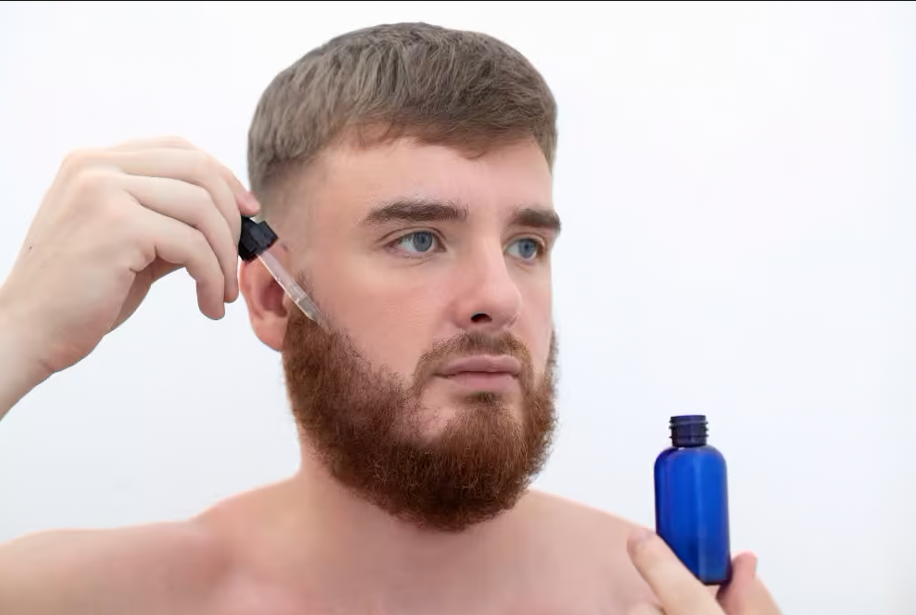
To apply minoxidil for beard growth, follow these steps:
Application Tips:
When using minoxidil for beard growth, users may experience shedding in the first few weeks, a normal part of the growth cycle. After 1 month, some may notice initial growth. By 3 months, improvements in hair thickness and density may become apparent. At 6 months, noticeable beard growth and filling of patchy areas can occur. Full beard density may take a year or more, requiring patience and consistent application. Results vary, and individual factors influence outcomes.
Minoxidil’s off-label use for beard growth can be effective, but safety considerations apply. Mild side effects may occur, and users with sensitive skin should perform patch tests to minimize risks. Consulting a dermatologist helps determine suitability. Carefully following instructions and monitoring skin reactions ensures safe and effective use. Users can adjust their usage and achieve optimal results for a fuller, healthier-looking beard.
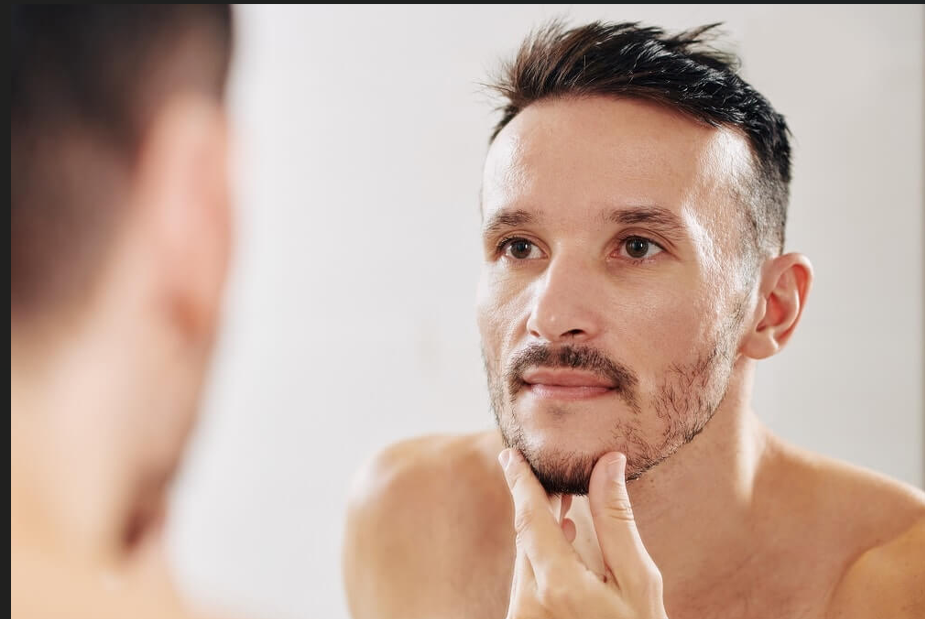
Men who may consider using minoxidil for beard growth include:
To enhance minoxidil’s effectiveness for beard growth, consider combining it with:
These combinations may help optimize beard growth and improve overall results, but individual results may vary. Consult a dermatologist for personalized advice on combining treatments.
Minoxidil can stimulate beard growth, but its effectiveness varies by age, genetics, and hormone levels, yielding different results for men.
For optimal beard growth, use minoxidil consistently for 6-12 months to achieve full results, and maintain usage for sustained growth.
Minoxidil can be used on the face, but be cautious of mild dryness or irritation; consult a dermatologist if issues persist.
Stopping minoxidil may cause newly grown hairs to shed; maintenance is often needed to sustain beard growth and results.
Minoxidil foam is a suitable alternative to liquid for beard growth, drying faster and easier to apply to facial areas.
References
https://doi.org/10.1080/09546634.2021.1945527
https://pmc.ncbi.nlm.nih.gov/articles/PMC10894539
https://europepmc.org/article/med/29254313
https://www.researchgate.net/publication/349072463_Review_of_Topical_Therapies_for_Beard_Enhancement


Buy Acarbose to support stable blood sugar and overall wellness. Promote gut health, longevity, and a balanced metabolism with this proven supplement.
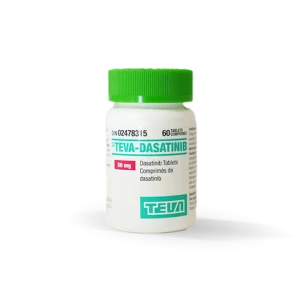
Dasatinib is a breakthrough in longevity medicine. Explore its benefits, dosage, and research-backed effectiveness for extending health and lifespan.
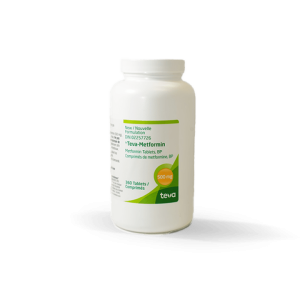
Buy Metformin to support longevity and metabolic health. Maintain stable energy levels and promote overall well-being with this trusted supplement.
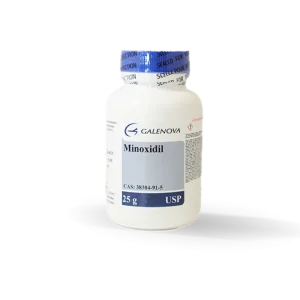
Buy Minoxidil to support hair growth, scalp health, and overall vitality. Maintain a fuller, healthier appearance with this trusted solution.
Unlock savings on bundles and elevate your online experience today!